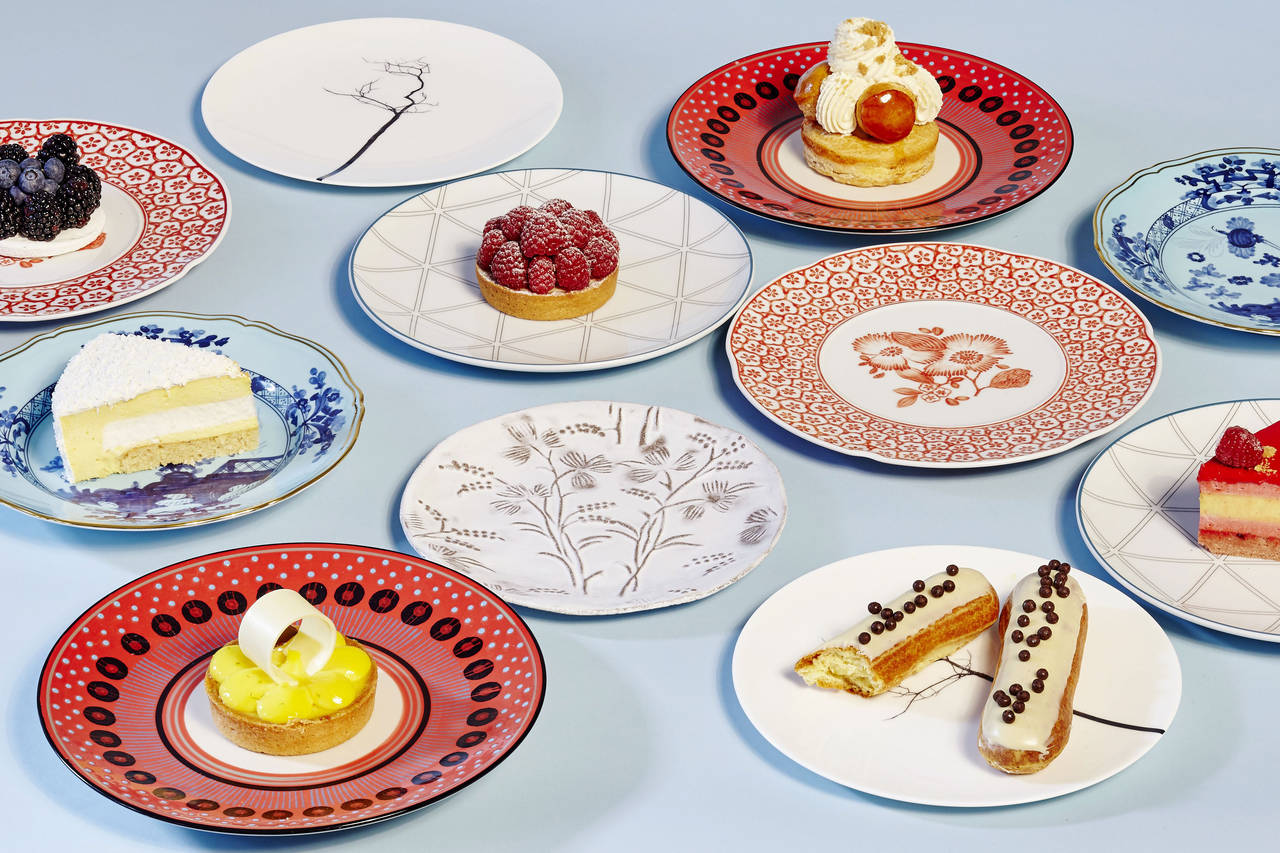

Tableware
Where Does The Dessert Plate Go?
Modified: January 23, 2024
Discover the proper placement for your dessert plate with our comprehensive guide on tableware. Ensure your table setting is complete and elegant.
(Many of the links in this article redirect to a specific reviewed product. Your purchase of these products through affiliate links helps to generate commission for Storables.com, at no extra cost. Learn more)
Introduction
When it comes to tableware, the dinner plate, salad plate, and soup bowl often steal the spotlight. But what about the dessert plate? It may be smaller in size, but its role in a well-curated table setting should not be underestimated. Whether you’re hosting a formal dinner party or enjoying a casual meal at home, understanding the placement of the dessert plate is essential for creating an elegant and cohesive dining experience.
In this article, we will dive into the world of dessert plates, exploring their purpose, traditional placement, modern variations, and important considerations. By the end, you’ll have a thorough understanding of where the dessert plate belongs and how to make it an integral part of any table setting.
Key Takeaways:
- Elevate your dining experience by understanding the purpose and traditional placement of dessert plates. Create an enticing visual presentation and maintain flavor integrity for a memorable sweet finale.
- Embrace modern variations in dessert plate placement to customize your table setting. Consider table size, service style, dessert presentation, utensils, and overall design for a harmonious dining experience.
The Purpose of a Dessert Plate
Before we delve into the proper placement of the dessert plate, it’s important to understand its purpose. The dessert plate, also known as a dessert dish or sweet plate, serves as the designated vessel for serving delectable sweet treats at the end of a meal.
Unlike the larger dinner plate, the dessert plate is typically smaller in size and more delicately designed. Its purpose is not only to hold the dessert but also to enhance its presentation. A well-chosen dessert plate can elevate the overall aesthetic appeal of the dessert, creating an enticing visual experience for the diners.
Additionally, dessert plates serve a functional purpose by providing a dedicated space for enjoying desserts without mixing flavors with other courses. This segregation helps maintain the integrity of the flavors and prevents any unwanted mingling on the plate.
Furthermore, using the correct dessert plate size also serves as a means of portion control, ensuring that the dessert is enjoyed in the right quantity. The smaller size of the plate encourages moderation, allowing guests to savor the sweetness without overindulging.
Overall, the dessert plate not only plays a crucial role in presenting desserts in an appealing way but also provides practicality and portion control to enhance the dining experience.
Traditional Placement of the Dessert Plate
As you set your table in a traditional manner, the dessert plate is typically placed above the dinner plate, centered directly above the cutlery. This placement follows the general rule of “start from the outside and work your way in” when it comes to tableware arrangement.
When a multi-course meal is being served, the dessert plate is placed at the table setting right from the beginning, alongside the other dinnerware. It remains there until the dessert course is served at the end of the meal.
The dessert plate is positioned with its bottom edge aligned with the bottom edge of the dinner plate. It should be parallel and centered, creating a visually pleasing and symmetrical arrangement. This placement allows easy access to the dessert plate when it’s time to indulge in the sweet finale of the meal.
Traditionally, the dessert plate is kept empty until the dessert course is brought to the table. This is done to maintain the anticipation and surprise of the dessert presentation. Once the dessert is served, the plate acts as the canvas for the sweet creation, showcasing its colors, textures, and artistic presentation.
In more formal settings, a dessert fork and spoon are placed horizontally across the top of the dessert plate, with the spoon handle on the right and the fork handle on the left. This arrangement indicates that the utensils are specifically for the dessert course.
While the traditional placement of the dessert plate is centered and above the dinner plate, it’s worth noting that modern variations and personal preferences have given rise to alternative placements.
The dessert plate should be placed above the dinner plate, centered in front of the guest, with the dessert fork or spoon placed horizontally above the plate.
Modern Variations in Dessert Plate Placement
In today’s contemporary dining scene, there has been a shift in dessert plate placement, with alternative options becoming more prevalent. These modern variations provide flexibility and allow for a customized table setting that suits the occasion and the personal style of the host.
One popular variation is the “side placement” of the dessert plate. Instead of being positioned directly above the dinner plate, the dessert plate is placed to the left side of the dinner plate, between the dinner plate and the napkin. This placement creates a unique visual arrangement and adds an element of surprise to the dining experience.
Another modern trend is the “stacked” dessert plate presentation. Instead of a separate dessert plate, a smaller plate or saucer is stacked directly on top of the dinner plate. This layered approach not only saves space but also adds an interesting dynamic to the table setting. It allows for a seamless transition from the main course to the dessert without the need for additional plates.
Furthermore, some hosts choose to incorporate a “dessert bowl” instead of a traditional plate. This alternative offers more depth and allows for serving desserts that may require a scoop or spoon, such as ice cream, pudding, or fruit salad. The dessert bowl can be placed either above the dinner plate, on the side, or stacked, depending on personal preference.
Moreover, modern variations also include the option of individual dessert plates. In this arrangement, each guest is provided with their own dedicated dessert plate, allowing for a more personalized dining experience. This is especially popular for formal events or intimate gatherings where attention to detail is paramount.
It’s important to note that while there are modern variations in dessert plate placement, the key is to maintain a harmonious and aesthetically pleasing table setting. Whichever variation is chosen, it should still complement the overall theme and ensure easy access to the dessert when it’s time to indulge.
Considerations for Dessert Plate Placement
When determining the placement of the dessert plate, there are a few essential considerations to keep in mind. These factors will help ensure that the dessert plate is positioned in a practical and visually appealing manner.
1. Table size and shape: The size and shape of the table play a role in determining the placement of the dessert plate. On a round table, the dessert plate can be centered above the dinner plate or positioned to the side, depending on the desired aesthetic. On a rectangular table, the dessert plate is typically centered above the dinner plate, following the traditional placement.
2. Service style: The style of service can also influence the placement of the dessert plate. In a buffet-style setting, individual dessert plates can be positioned at the end of the buffet line for guests to pick up as they make their way through the desserts. For plated service, the dessert plate can be pre-set at each place setting.
3. Dessert presentation: The presentation of the dessert itself can impact the placement of the dessert plate. If the dessert is served in a separate vessel, such as a ramekin or a glass, it can be placed directly on the dessert plate or next to it. For desserts that require accompaniments like sauces or toppings, consider leaving space on the plate for those additions.
4. Utensils: Depending on the style of the dessert and personal preference, utensils such as a dessert fork, spoon, or knife may be required. These can be placed horizontally across the top of the dessert plate or provided separately alongside the plate. Consider the size and shape of the utensils to ensure they fit comfortably on the dessert plate.
5. Overall table setting: The placement of the dessert plate should harmonize with the rest of the table setting. Consider the arrangement of the dinnerware, glassware, napkins, and centerpiece. Strive for a balanced and visually pleasing table layout, where the dessert plate seamlessly integrates into the overall design.
By taking these considerations into account, you can ensure that the placement of the dessert plate is both functional and visually appealing, enhancing the overall dining experience.
Conclusion
The placement of the dessert plate may seem like a minor detail in the grand scheme of a meal, but it can make a significant impact on the dining experience. By understanding the purpose, traditional placement, modern variations, and important considerations, you can create a well-curated table setting that elevates the enjoyment of desserts.
Whether you opt for the traditional centered placement above the dinner plate or explore modern variations like side placement or stacked presentation, the key is to maintain a visually pleasing and practical arrangement. Consider the size and shape of the table, the style of service, the presentation of the dessert, and the overall table setting to determine the best placement for the dessert plate.
Remember that the dessert plate serves more than just a functional role; it also enhances the visual appeal of the dessert and creates anticipation for the sweet finale of the meal. By incorporating the dessert plate thoughtfully into your table setting, you can elevate the dining experience and leave a lasting impression on your guests.
Whether you’re hosting a formal dinner party or simply enjoying a cozy meal at home, don’t overlook the importance of the dessert plate. Embrace tradition or explore modern variations, and let the dessert plate take its rightful place at the table, adding a touch of elegance and charm to your dining experience.
Frequently Asked Questions about Where Does The Dessert Plate Go?
Was this page helpful?
At Storables.com, we guarantee accurate and reliable information. Our content, validated by Expert Board Contributors, is crafted following stringent Editorial Policies. We're committed to providing you with well-researched, expert-backed insights for all your informational needs.

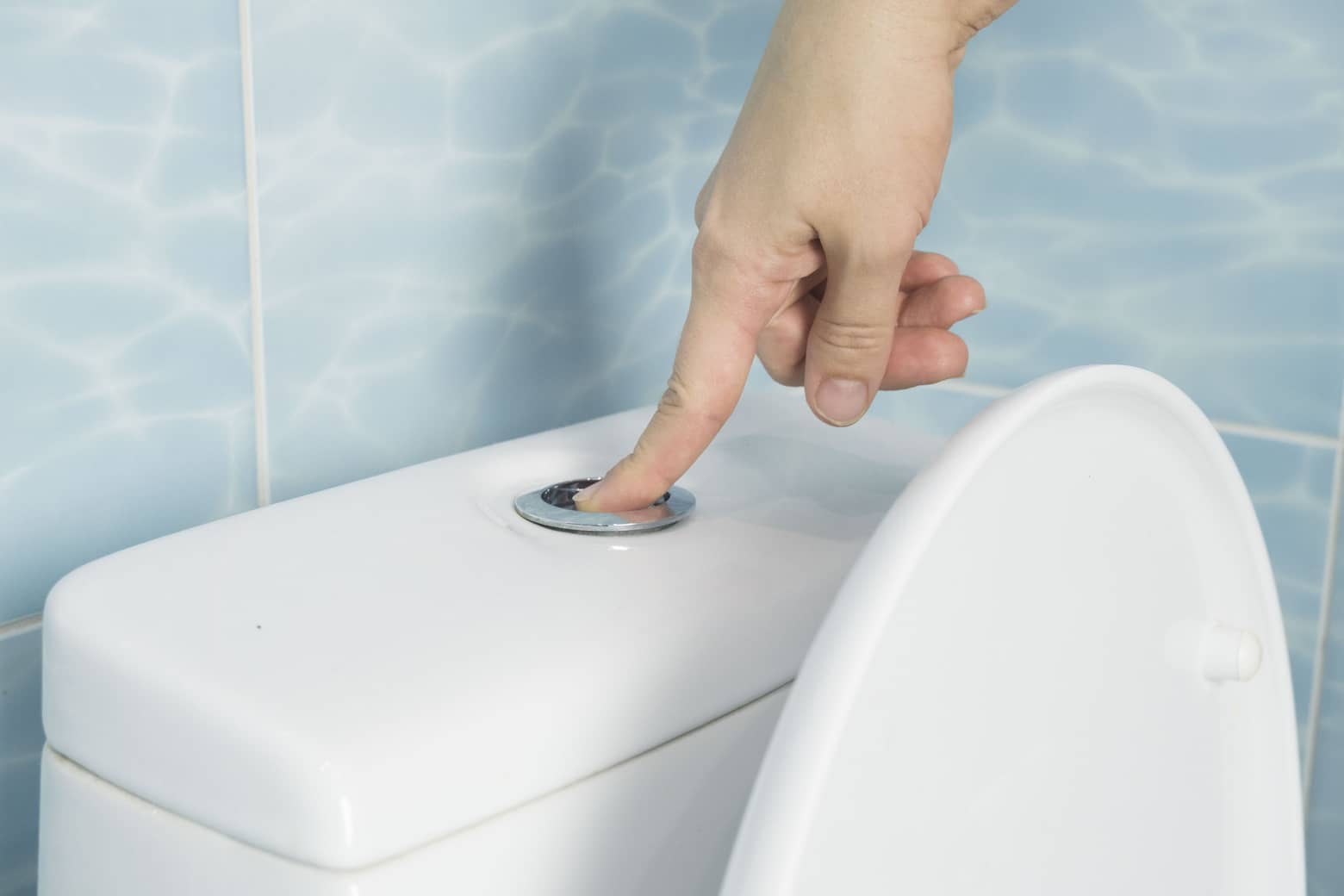
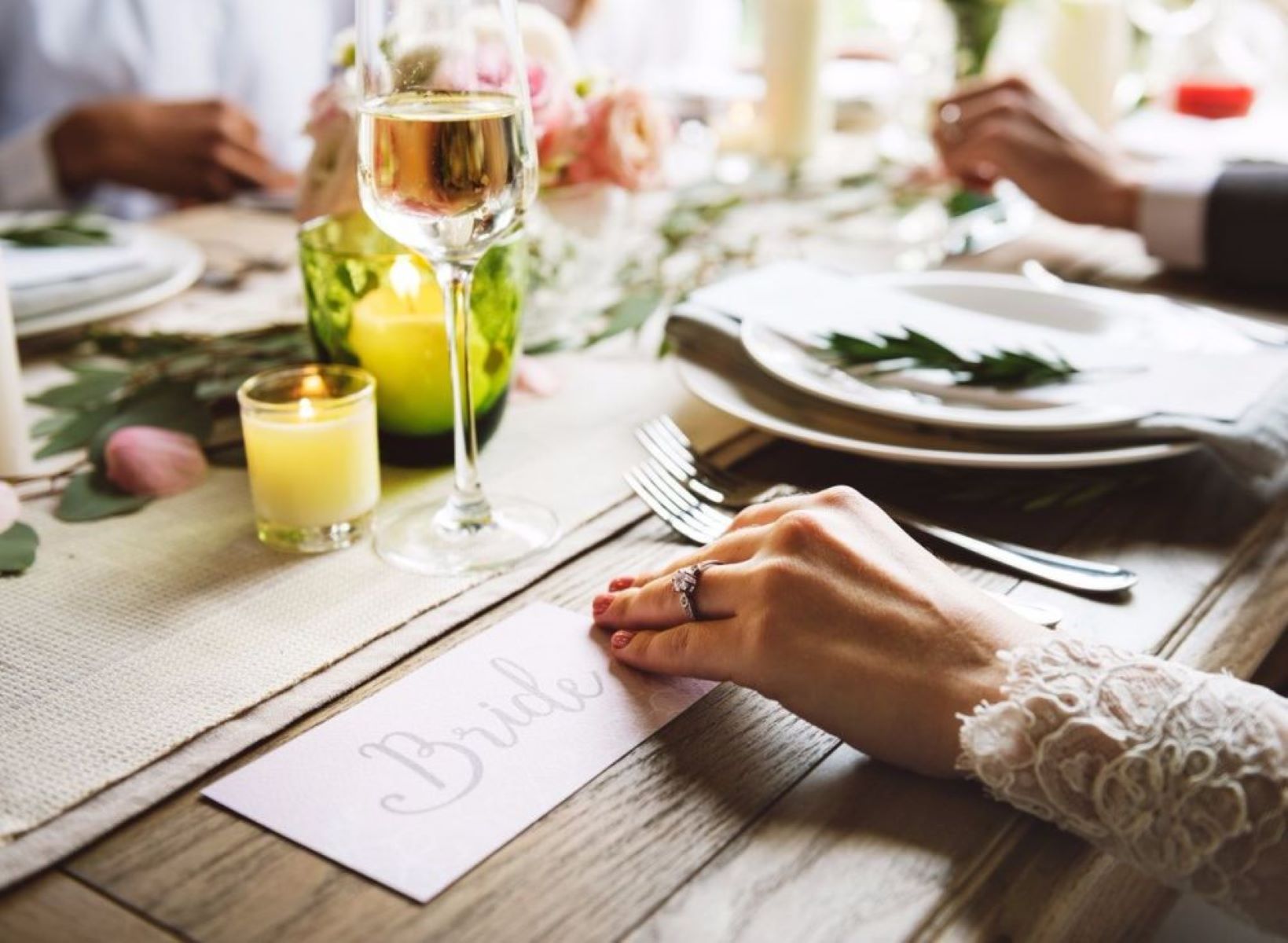
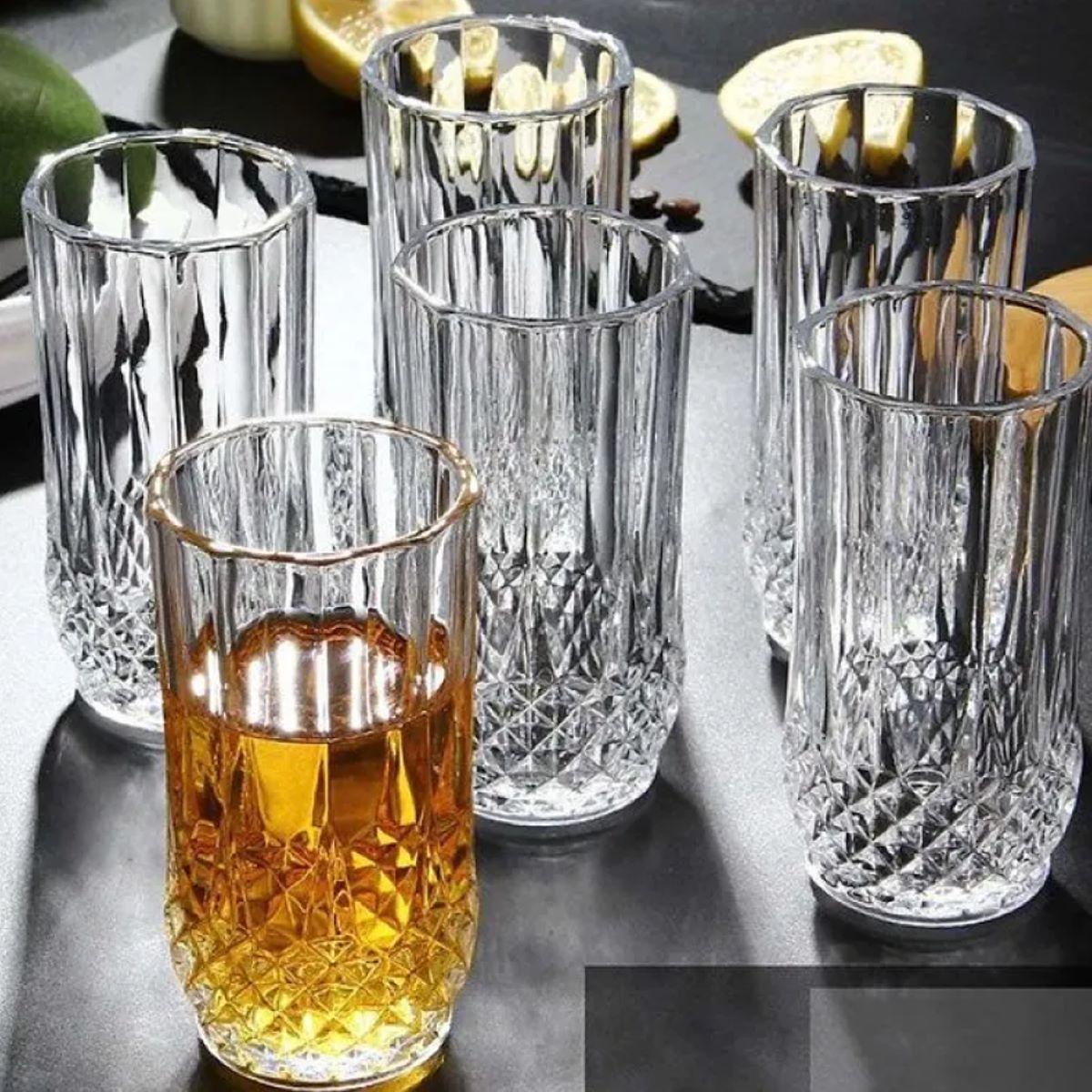
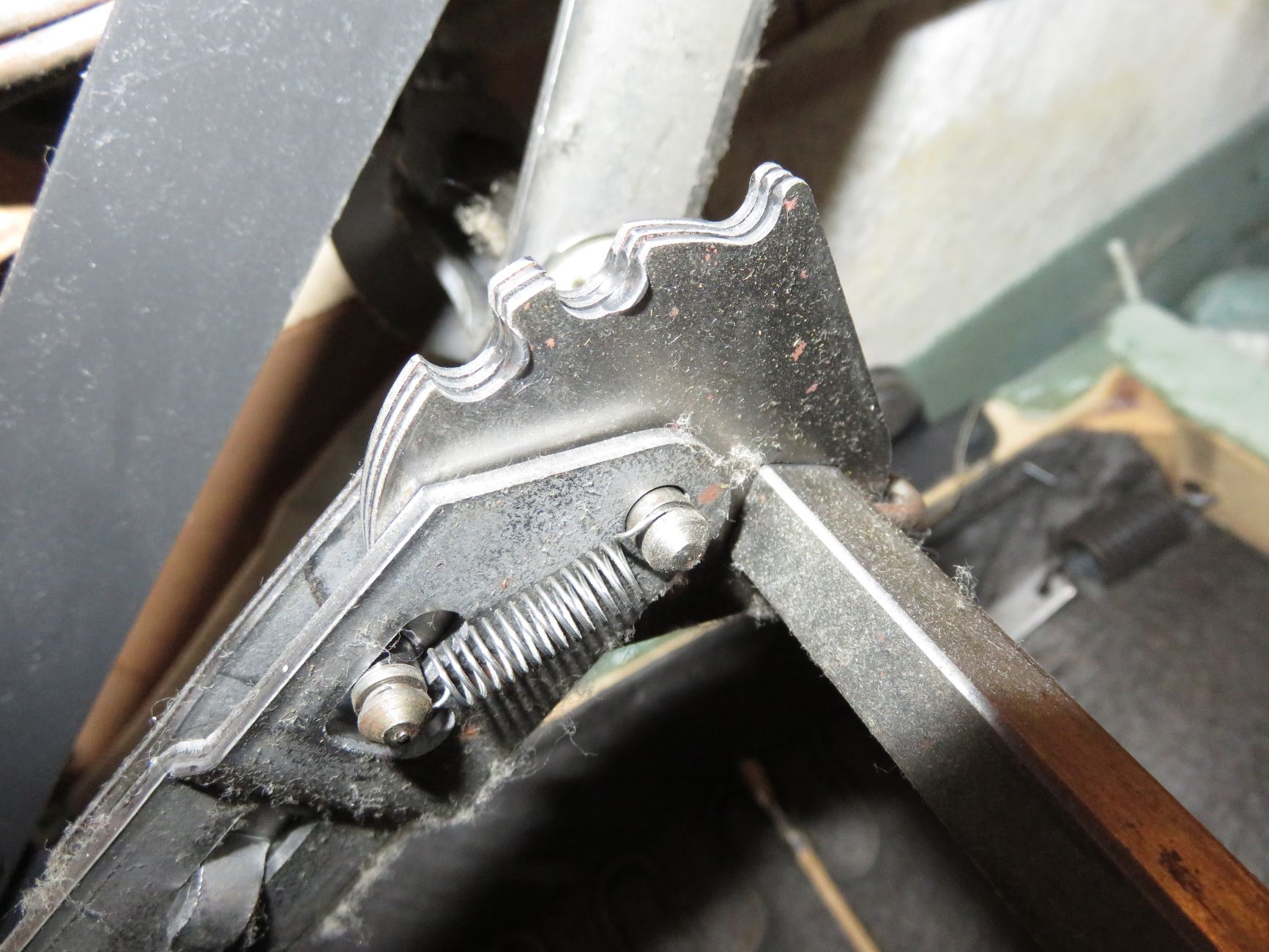

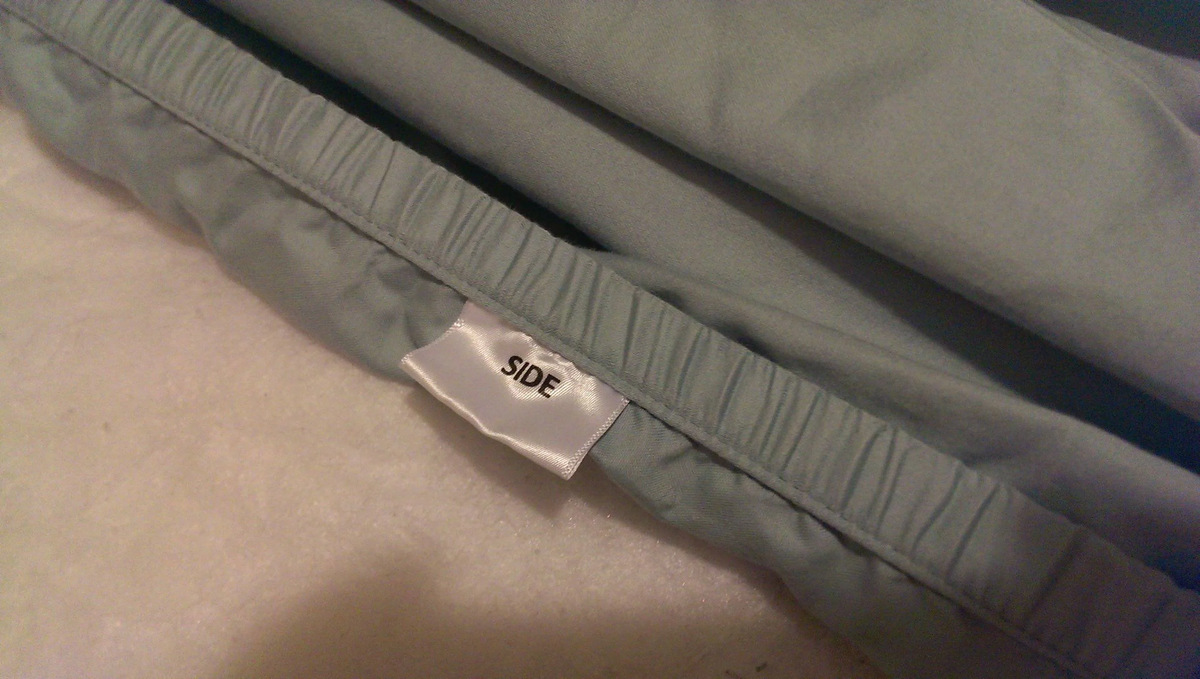
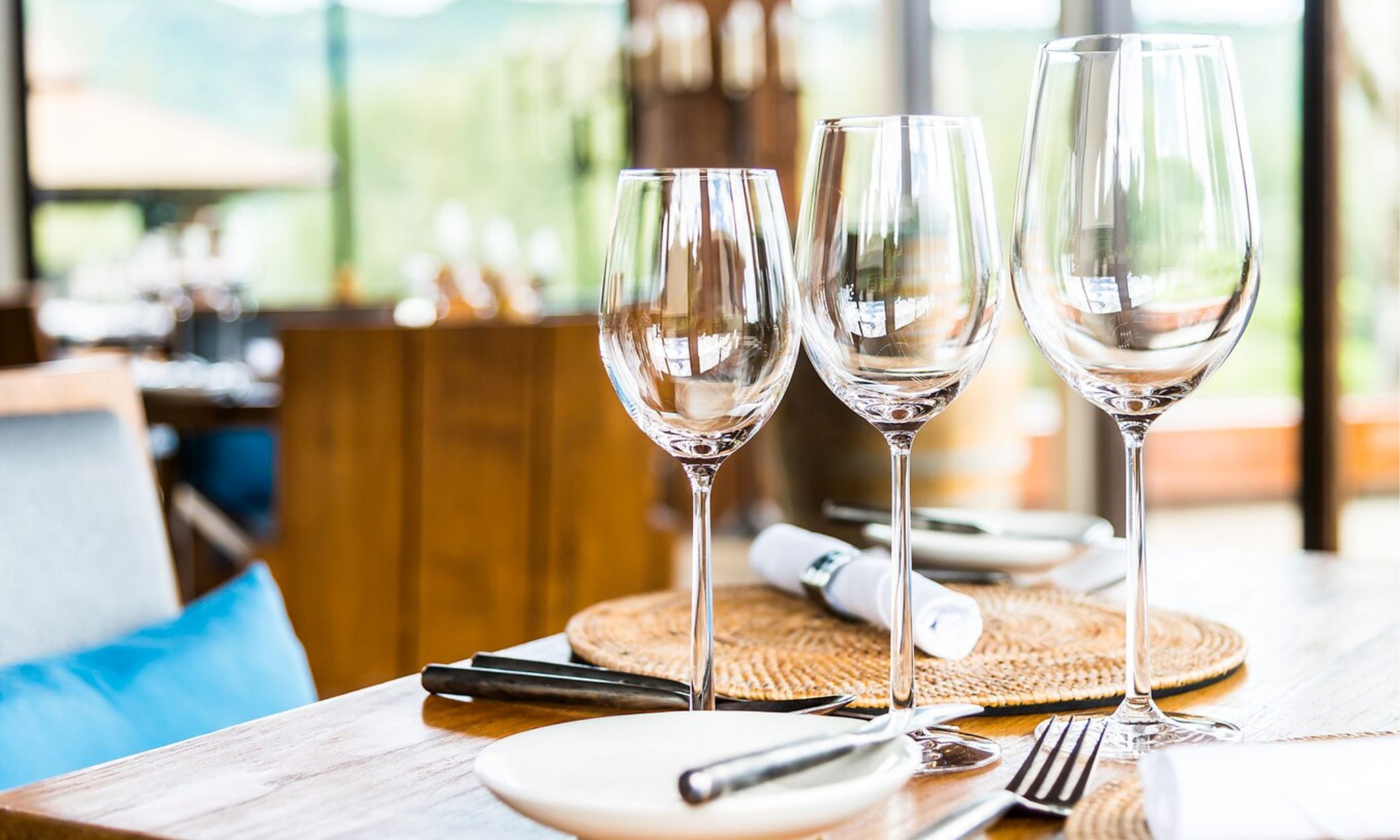
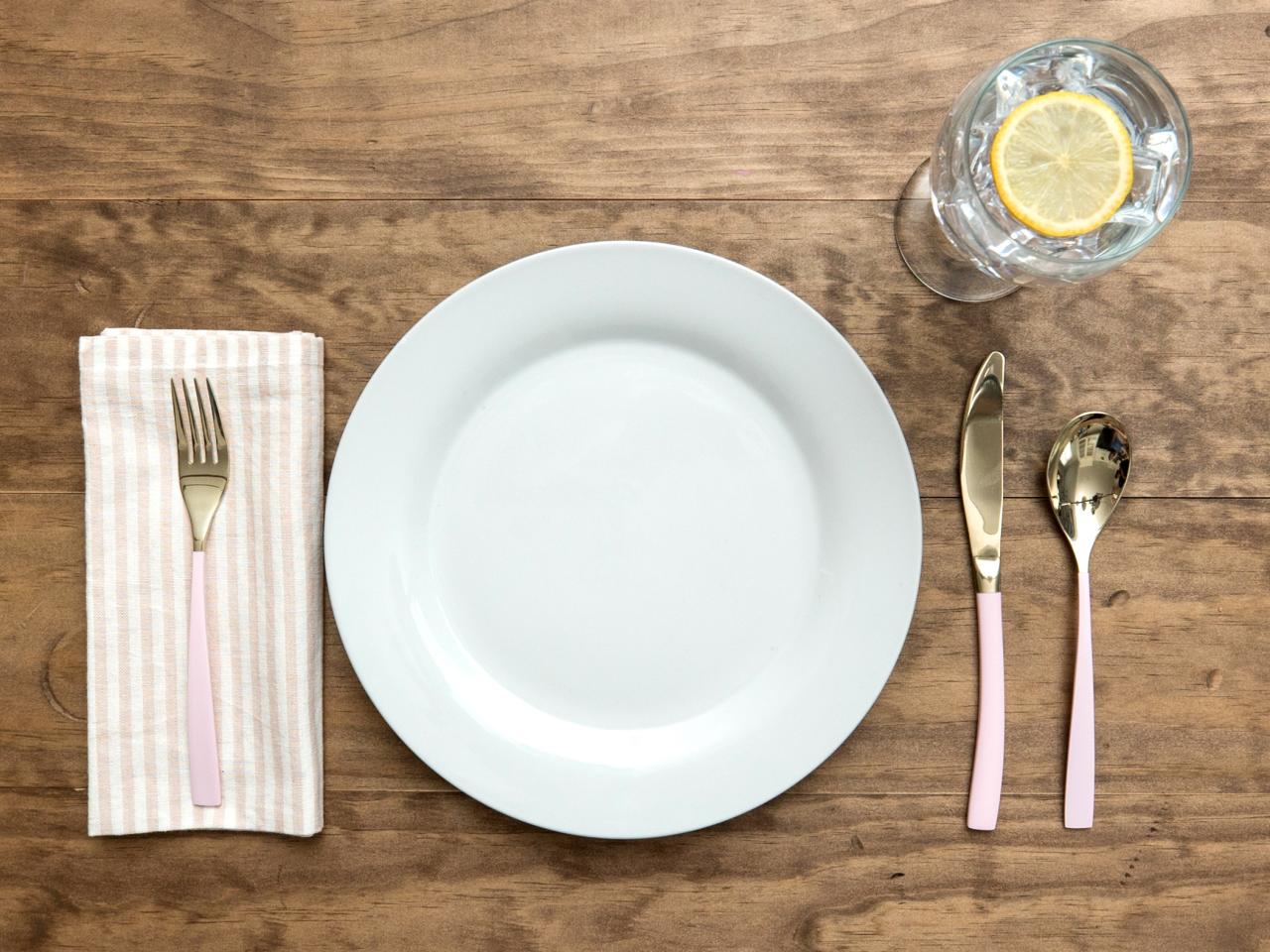
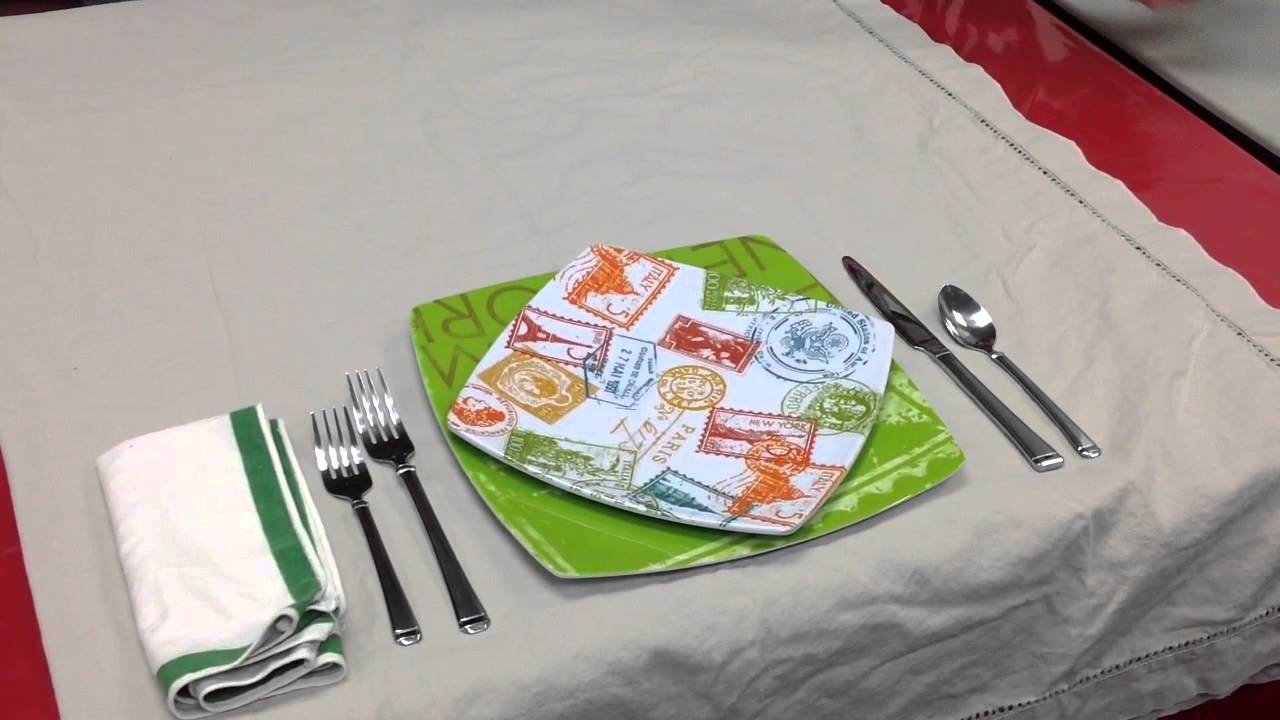
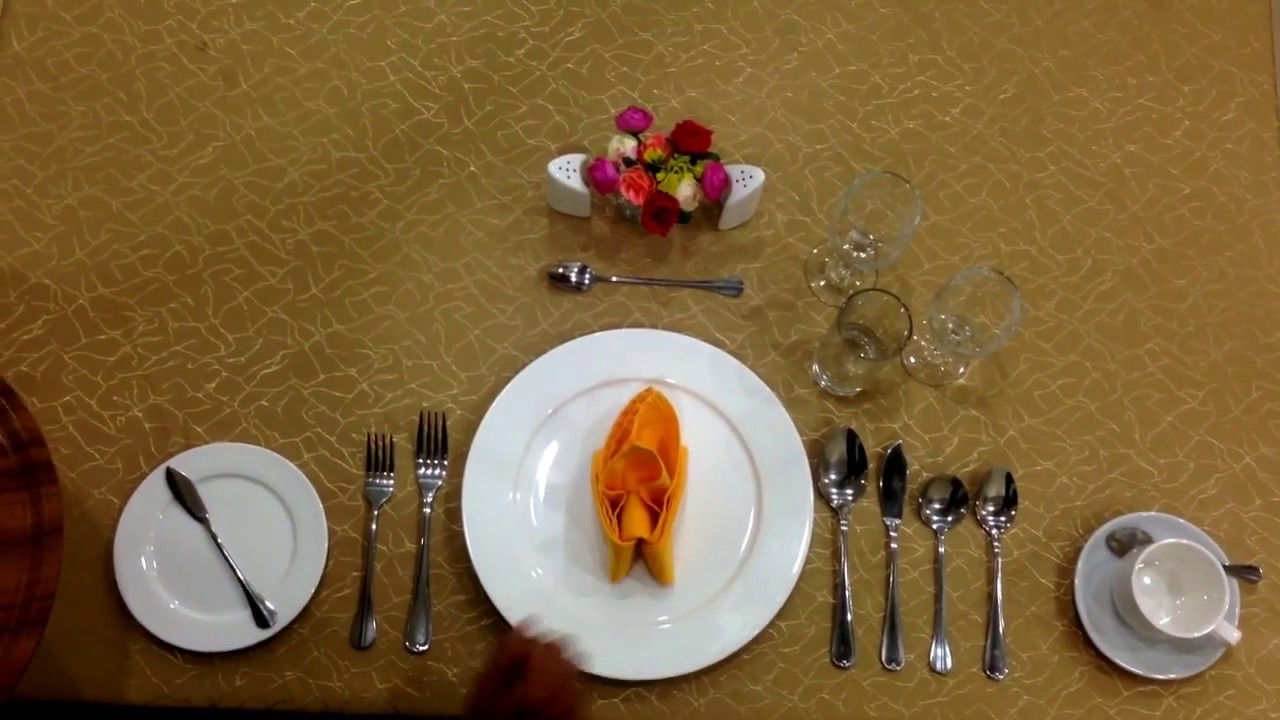

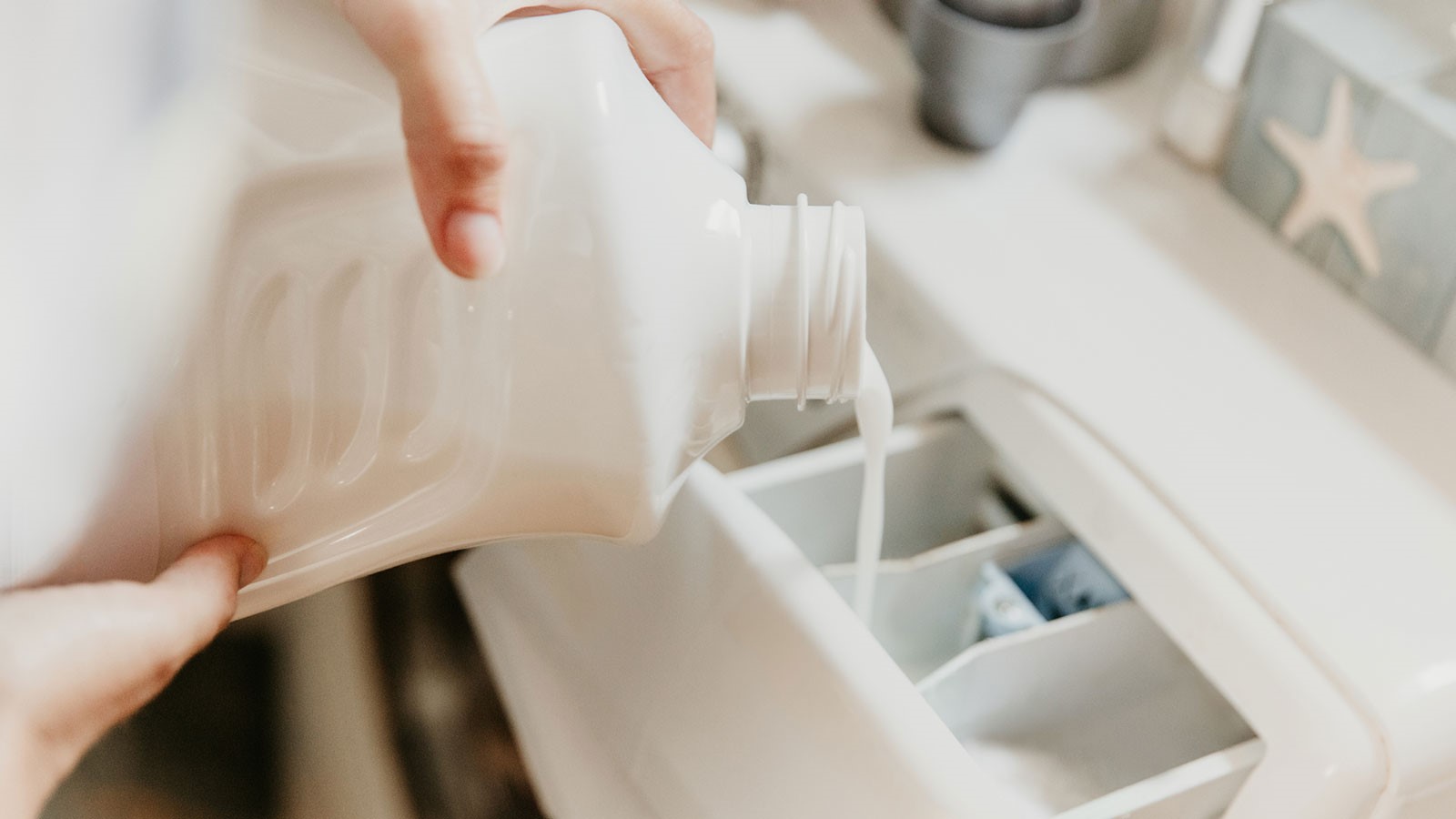
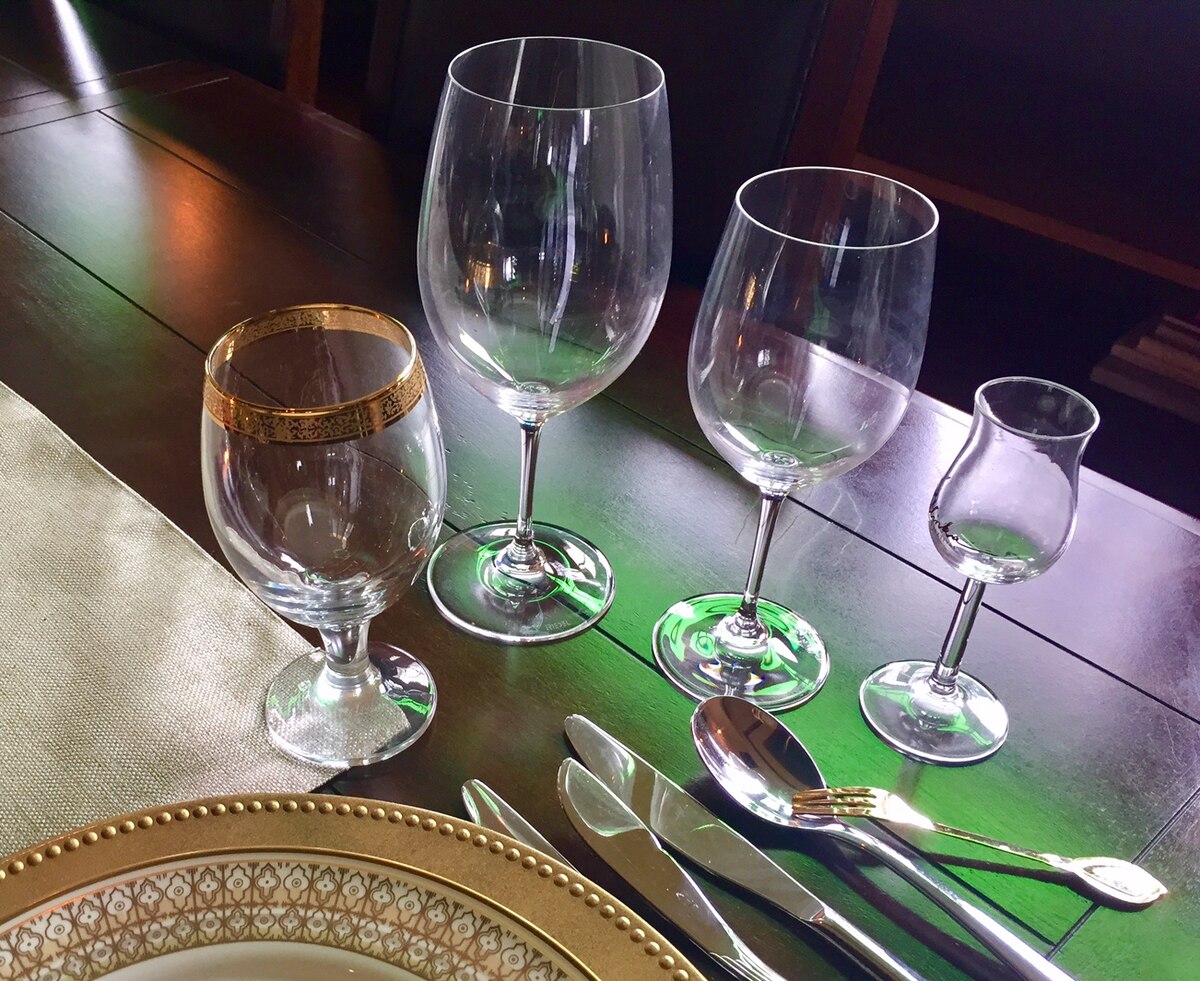

0 thoughts on “Where Does The Dessert Plate Go?”